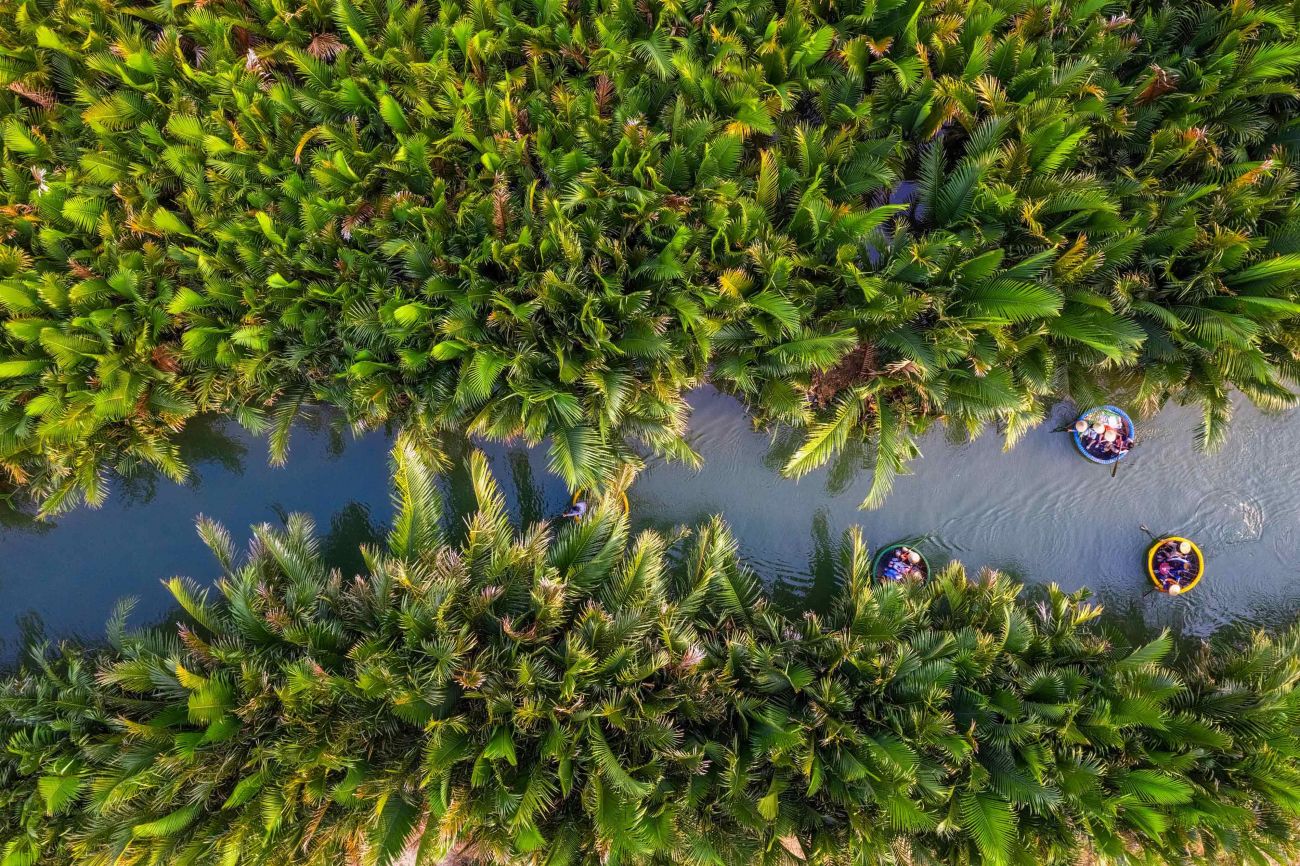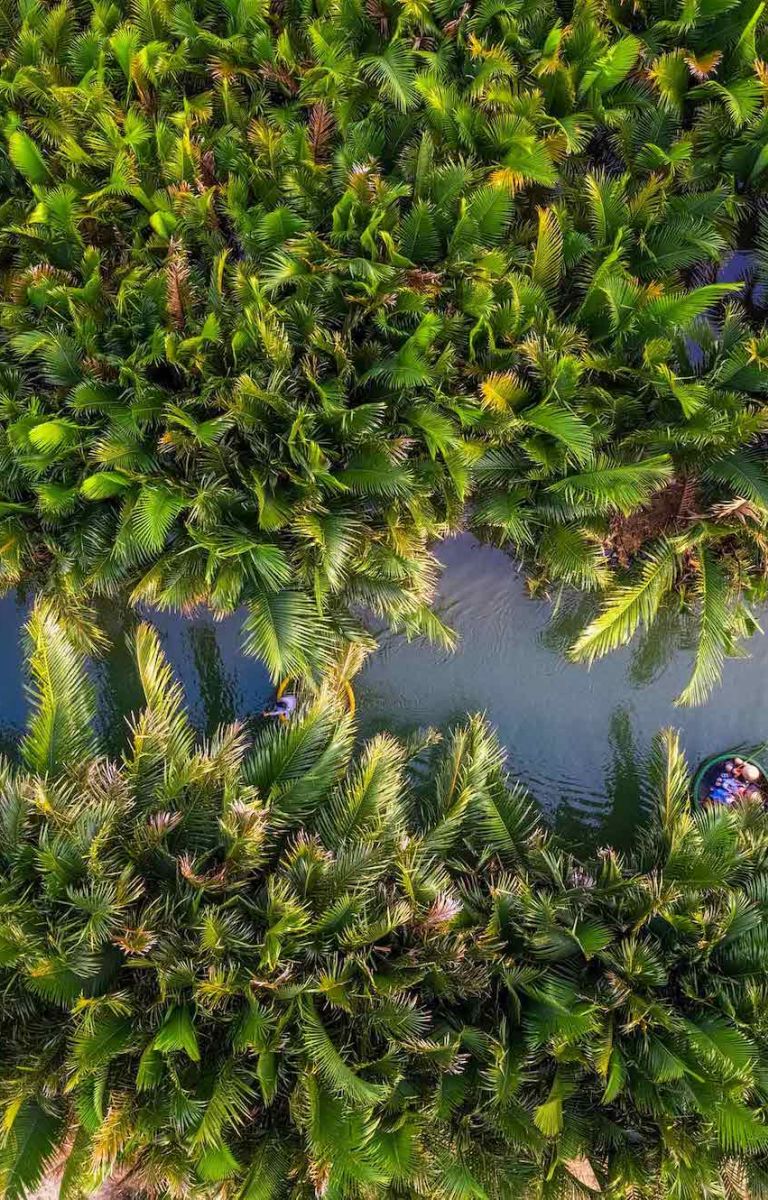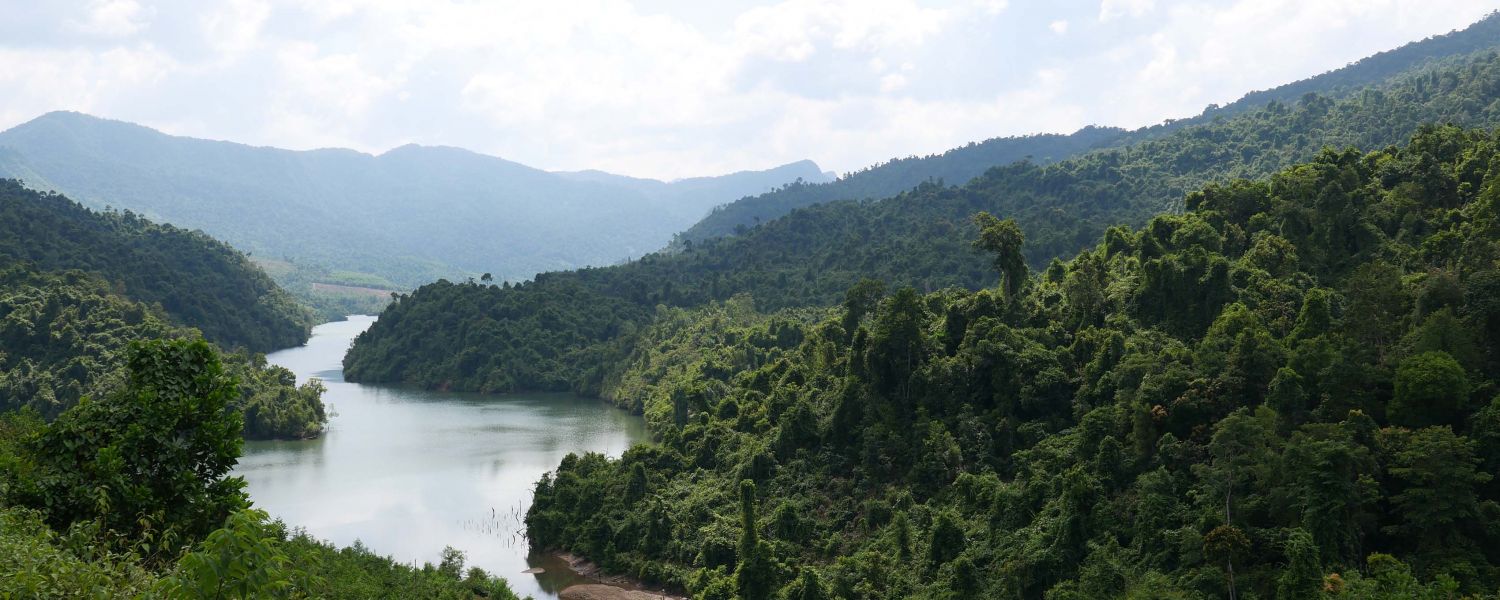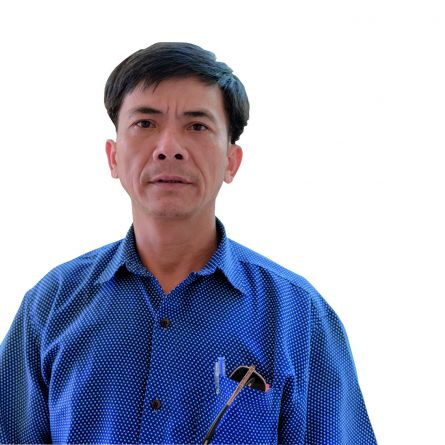

The Quang Nam landscape in central Viet Nam is part of the Green Corridor that houses some of the country’s richest biodiversity. The 1,043,837 hectares landscape stretches south of the Annamite mountains. It has three distinct ecosystems: pristine wet evergreen forests, high mountains and coastal areas. They are home to diverse, endangered and newly discovered species, including the threatened Asian elephant and tiger, more than 20 species of flora nearing extinction and 832 medicinal plant species. Thirty-three ethnic groups depend on forests for their livelihoods and culture. They manage nine percent of Quang Nam’s forests. This threatened landscape is important to the communities, the region and the world. It contains Cu Lao Cham-Hoi An, a UNESCO biosphere reserve and cultural world heritage site. An investment destination hosting economic zones and industrial parks, Quang Nam Province over the years has become a central point for international trade, important for Viet Nam’s economic development. Protected and healthy forests in the highlands of Quang Nam can secure the watersheds of rivers, sources of water for the millions who live in the lowlands downstream.
Quang Nam by numbers
-
Total area of landscape: 1,043,837 hectares
-
Forest cover: 53 percent
-
Great Green Corridor: 19,000 hectares
-
Population: 1,493,785
-
Poverty rate: 9.3 percent

Entry points for investment to achieve the SDGs
-
Supporting forest landscape management to increase the sustainable supply of forest products and adapt to climate change
-
Promoting indigenous products, eco-tourism and inclusive forest-based business opportunities for sustainable rural development
-
Strengthening forest governance practices to include non-state actors and marginalized voices
The Quang Nam landscape in Viet Nam and the people and biodiversity it shelters are threatened by deforestation, natural disasters and weak forest governance. Empowered local communities must lead the sustainable development and the protection of the landscape, and at RECOFTC we have the vision, skills, relationships and experience to support their leadership. Since 1998, we have helped the people of Quang Nam build their capacity to secure their land tenure and resource rights, govern and manage their lands and improve their livelihoods. Today, there are tremendous new opportunities in Quang Nam to further support local communities, government, civil society and private sector to overcome these threats. We offer three entry points for action that will foster prosperous communities and a thriving landscape by capitalizing on the ambitions of communities, our experience in Quang Nam and Viet Nam and the work of many other organizations. Through investments in Quang Nam we can contribute directly to achieving the Sustainable Development Goals of the United Nations 2030 Agenda. By 2030, we can lift 7,000 people out of poverty, empower women to take active roles in decision-making and increase their participation in forest management by 30 percent, strengthen the capacity of 2,000 people to adapt to climate change and foster sustainable management of more than one million hectares of forests. And by securing land rights, we can enable Viet Nam to foster good forest governance and mitigate and adapt to climate change.
Challenges
Climate
- Changes in the global climate have exacerbated the frequency and intensity of natural disasters.
- Local communities that are most vulnerable to climate change disasters have low capacities to adapt to the effects of climate change.
Livelihoods
-
Annual income per capita is 2,400 US dollars
-
Poor infrastructure and lack of market access are barriers to pursuing alternative livelihoods.
Governance
- Government institutions play a leading role in managing Quang Nam's forests, and non-state actors have limited influence in forest governance
- The low capacity of forestry officials limits the planning and implementation of forest governance laws.
- Population increase, intensity of natural disasters and increased demand for timber put pressure on the allocation of land.
Social inclusion
- Women hold three percent of leadership roles in local governance and along with ethnic minorities they have limited involvement in decisions on allocation and management of natural resources.

Partners
Local communities
- Quang Nam's 33 different ethnic groups practice shifting cultivation, managing nine percent of the area's forests.
Government
- National, subnational and district government agencies manage 82 percent of Quang Nam's forests for protection, production and special use.
- Thirty-six point five percent of forests are under the responsibility of commune-level People's Committees and have yet to be allocated to local communities.
Private sector
- Companies manage 7,639 hectares of forests for producing and trading wood and non-timber forest products.
- Imports of raw materials are growing as the internal market is shrinking and pressure on forest increases.
Civil society
- Quang Nam University, local unions and the Forest Inventory and Planning Sub-Institute for Northern Central Vietnam supports stakeholders in sustainable forest management, biodiversity conservation and alternative livelihoods.
Our experience in Quang Nam and Viet Nam
Since 2017, we have supported civil society organizations and local communities in Quang Nam to set up participatory monitoring systems for good governance of forests. We have:
- Increased the capacity of 150 civil society stakeholders on forest tenure, land use, social inclusion, gender equity and transparent forest management
- Trained 30 non-state actors on how to use and improve information-sharing platforms for forest governance
- Provided 33 partners and media organizations with support on good forest governance
We are well established in Viet Nam. In 1998, the Government of Viet Nam signed our charter. Through our work we have become a leading voice in community forestry, recognized and trusted by local communities, government agencies, local authorities and civil society. We have:
- Raised awareness about community forestry in nine of the country’s provinces
- Trained 874 people, more than 30 percent of them women, in the sustainable management of natural resources
- Supported the revision and enactment of four legislative instruments
- Partnered with 15 organizations and local communities to establish platforms for stakeholders to share information, concerns and experiences on community forestry




